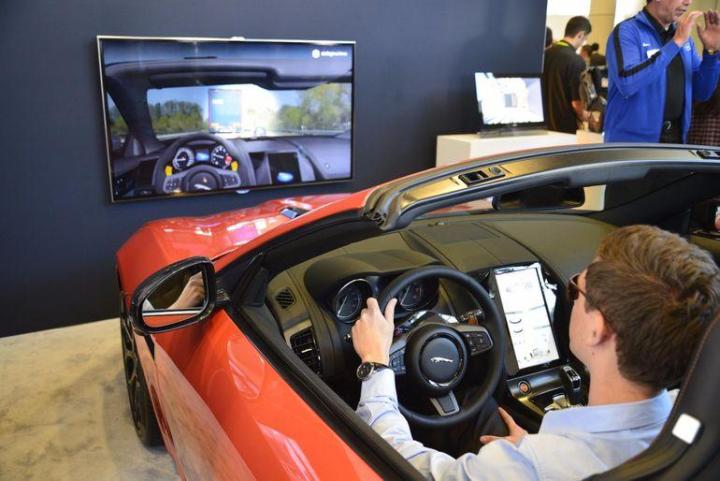
According to a new report by Gizmag, the British automaker is perfecting a way that a driver can operate his or her rear windscreen wiper using only their eyes.
Yes, safety and distracted driving detection may get all the headlines, but there’s nothing like an eye-activated rear wiper to show off to your friends.
As it often does, JLR’s solution started with a problem. Rear wipers are typically used intermittently, and when they do come on, they often obscure the back window, which is counterintuitive.

The new system combats that by activating the rear wiper when it senses the driver’s eye moving toward the rear mirror. That way, it will have already taken care of business by the time the operator takes a peek out back, assuming the moisture had not been dispersed just before that.
It may not be sexy, but it’s definitely a feature we could see on a new Range Rover or Land Rover, or perhaps Jaguar’s upcoming J-Pace SUV.
This is most recent example of JLR’s forward-thinking use of next-gen tech, but it certainly won’t be the last.
In April, the brand announced the Portland, Oregon-based ‘Innovation Incubator,’ a type of think tank designed to make advances in the world of automotive infotainment. Kicking off this month, the carmaker says the Incubator will work with around 120 startup companies over the next ten years.


